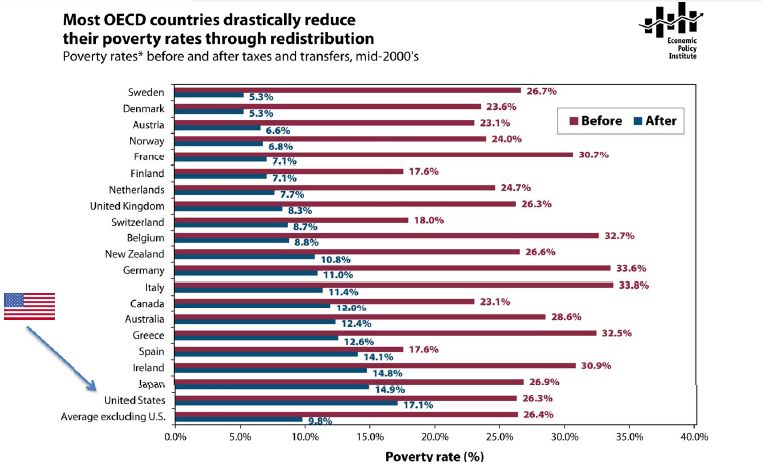Peter N. sent in some data compiled by Chris Cillizza of the Washington Post. It reveals the intersection of race and religion among Democrats and Republicans. As Cillizza concludes, it’s “overblown” to say that the Republican party is made up of White Protestants and the Democratic of minorities and atheists, but there is definitely an argument to be made that each party is disproportionately so.
This first pie chart shows the racial and religious affiliation of people who identify with or lean towards the Republican party. More than half are White Protestants, another 18% are White Catholics. Only a small percentage of party faithfuls are religious Blacks and Hispanics (the two racial groups featured in in these data).
This second chart shows the same data for Democrats and Democratic-leaning individuals. Almost a quarter of Democrats are White Protestants, but a slightly larger percentage of Democrats are religiously unaffiliated. One in five Democrats identifies as either Black or Hispanic and religious. The larger “other” category conceals smaller blocs that nonetheless add diversity to the party.
This is just one way to slice the pie, so to speak, but these are the kinds of data that both the Obama and the Romney campaigns are working with. When they aim to bring out their “base,” this is what they’re talking about. These numbers may give us a clue as to why they pick the strategies they do, such as the sudden spike in the inclusion of the word “God” in the Republican party platform.
Lisa Wade, PhD is an Associate Professor at Tulane University. She is the author of American Hookup, a book about college sexual culture; a textbook about gender; and a forthcoming introductory text: Terrible Magnificent Sociology. You can follow her on Twitter and Instagram.












